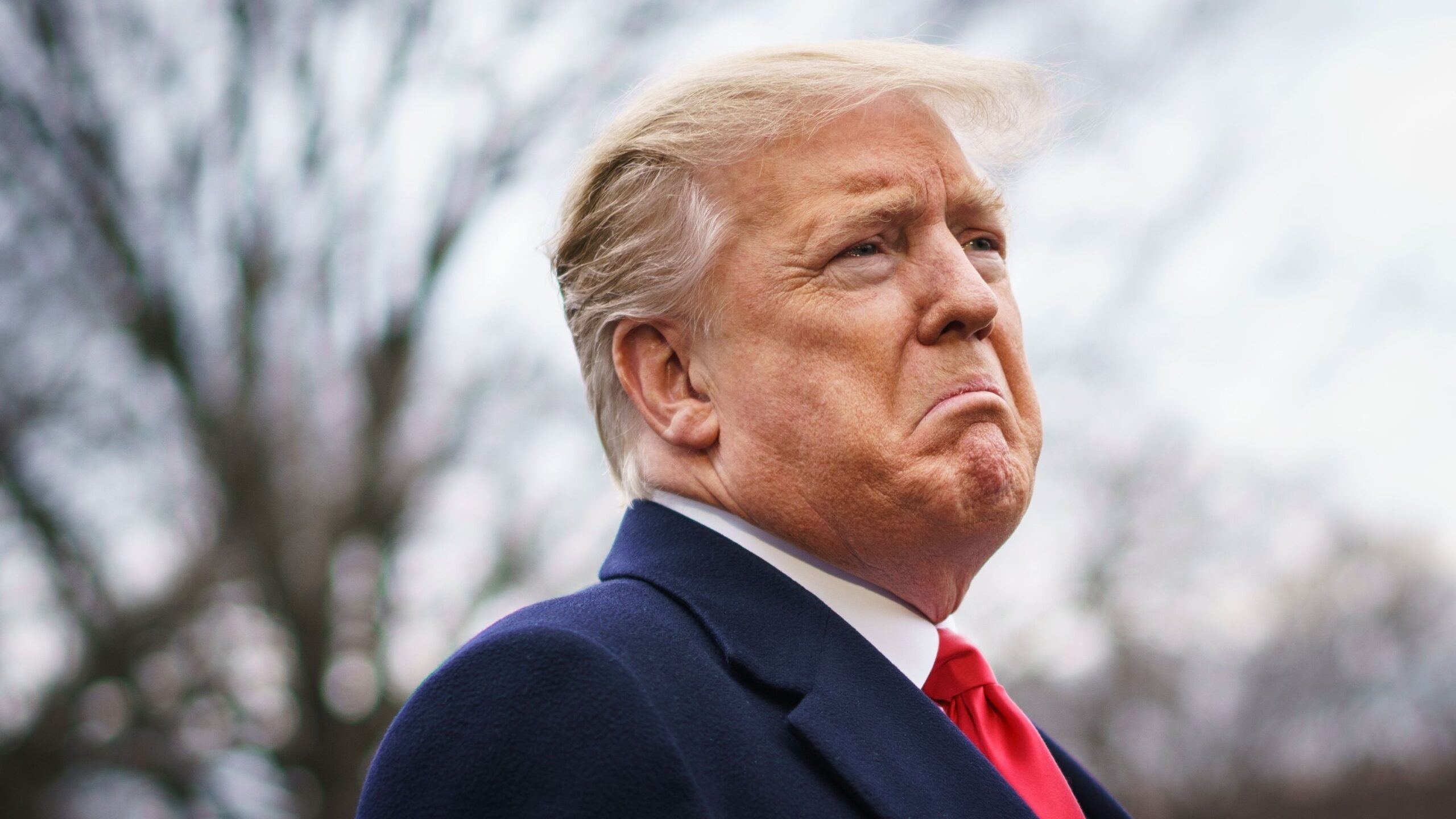Amid the economic disruption due to Covid-19, global trade as a whole has held up relatively well in 2020 and strengthened in 2021, according to a report of the United Nations Conference on Trade and Development (UNCTAD).
The World Trade Organization’s merchandise trade barometer hit a record high in its latest reading published on August 18.
The Merchandise Trade Barometer is a composite leading indicator providing real-time information on the trajectory of merchandise trade against recent trends ahead of conventional trade volume statistics. The latest barometer reading of 110.4 is the highest on record since the indicator was first released in July 2016, and up more than 20 points year on year.
“Much of the trade resilience was due to the economies of East Asia, whose early successes in mitigating the pandemic allowed them to rebound faster and capitalize on burgeoning global demand for them. COVID-19 related products. The positive trends of the last months of 2020 strengthened at the start of 2021. In the first quarter of 2021, the value of world trade in goods and services increased by around 4% quarter over quarter and about 10% per year. -on the year. It is important to note that world trade in the first quarter of 2021 was above pre-crisis levels, with an increase of around 3% compared to the first quarter of 2019. “
Trade in services has not rebounded as strongly, which hits Cyprus, where the export of services is much more important than trade in goods.
But we are seeing a welcome rebound from the period when former US President Donald Trump maintained policies that caused world trade to fall sharply.
The United States, the world’s largest importer, began a bitter tariff war with China and its European allies in 2018. Then, US President Donald Trump upended long-standing trade relations with many of Washington’s trading partners. .
The fallout: Global growth in 2019 fell to 3.0%, the slowest pace in a decade, before the pandemic began, the International Monetary Fund noted.
Trump has caused further disruption by attempting to undermine the World Trade Organization. He refused to appoint new judges to his hearings, which effectively made it impossible for the organization to function.
“The world was dangerously close to a return to what we saw in the 1930s. In response to the outbreak of the Great Depression, countries imposed trade barriers, blocking imports from other states and escalating general protectionism tit for tat which has hampered economic growth for many years â€, according to analysts at Chatham House.
All that has changed today.
“Looking ahead, trade is expected to continue to grow in 2021. Trade growth is expected to remain stronger for East Asia and developed countries, while lagging behind for many other countries. The value of global trade in goods and services is expected to reach $ 6.6 trillion in the second quarter of 2021, equivalent to an increase of about 31% year-over-year from the lowest point 2020 and around 3% to pre-pandemic 2019 levels. Trade growth is expected to remain strong in the second half of 2021, the overall forecast for 2021 shows an increase of around 16% from the low point of 2020 (19% for goods and 8% for percent for services) â€, continues the UNCTAD report.
The whole of this rebound is, however, threatened by the fragility of global trade operations.
The Chinese port of Ningbo was closed for eight days from August 10. According to analysts On the Russell Group’s ALPS Marine platform, China’s partial closure of the port of Ningbo threatens $ 172 billion in global trade and the export of $ 39.2 billion in integrated circuit boards (ICBs).
According to Russell Group CEO Suki Basi: “The fragility which means that any slight disruption to the trade network, whether it is the closing of a port or the blocking of a sea route, creates chaos for shippers, global supply chains and, ultimately, consumers. “
Snags in the global supply chain only worsen an already tortured year for exporters, with sky-high shipping costs due to a container shortage and as raw materials such as semiconductors become more expensive and hard to find amid burning demand. The United States imports half of all its semiconductors from Southeast Asia, so any grumbling in shipments stops work at factories in the United States.
According to the World Economic Forum, obsolete technology in supply chains is contributing to the slowdown.
“Global logistics companies, which operate to a surprising degree on fragile mainframe systems, siled spreadsheets and even paper documents, are unable to meet the recovery in demand for goods after the bottlenecks of the year. last. This leads to severe shipping delays and bottlenecks that drive costs up, with containers from Asia to the United States exceeding $ 15,000, more than four times the rate before the pandemic. In total, container costs lead to an inflation of around 3% on goods shipped by sea, â€writes WEF.
Shipping and air transport have yet to benefit from the software advances that other industries have benefited from in recent decades, continues the WEF.
“After all, the shipping industry operates on disjointed and outdated systems rather than a single data model to power all global logistics. This makes it harder for companies to navigate fragmented supply chains that are susceptible to disruption ranging from storms to strikes. As a result, companies can rarely say for sure where their goods are during the shipping process and whether they are on the most efficient route.
Logistics providers must move from their legacy systems to the latest technologies if global commerce is to continue to evolve, warns WEF. We fixed the international relations that Trump almost destroyed, now we just need a technological upgrade to see world trade restart.

